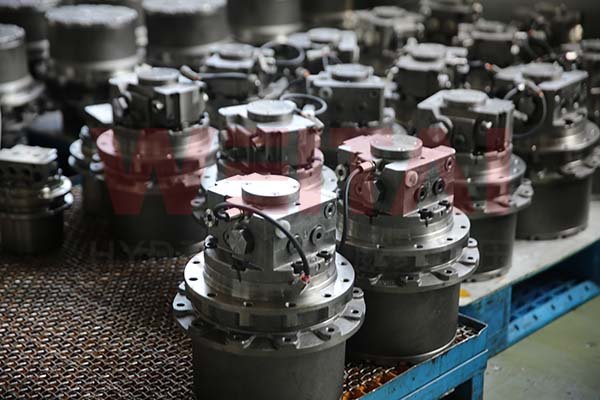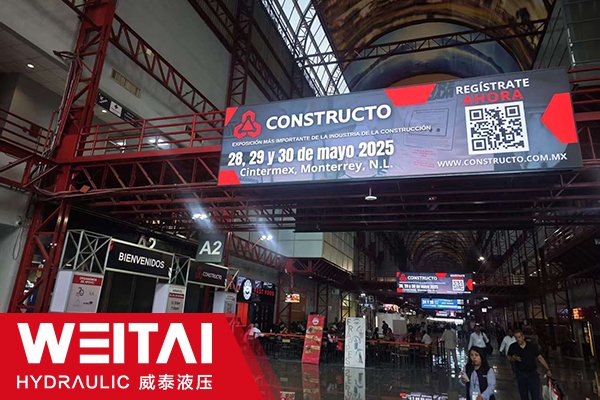Hydraulic systems have long been the backbone of many industrial and mobile applications, powering everything from construction machinery to manufacturing equipment. At the heart of these systems lies the hydraulic pump, a critical component responsible for converting mechanical energy into hydraulic energy. Among the various types of hydraulic pumps available, variable displacement pumps stand out for their unique ability to adjust flow rates and pressure, offering a range of benefits that make them indispensable in modern hydraulic systems.
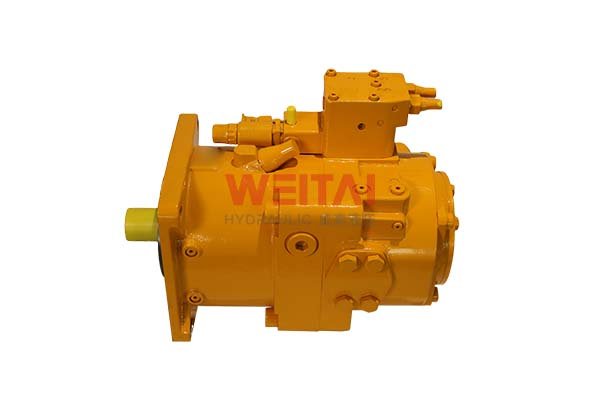
What is a Variable Displacement Pump?
Before diving into the advantages, it’s essential to understand what a variable displacement pump is and how it differs from its fixed displacement counterpart. A variable displacement pump can change the volume of fluid it displaces per rotation of the pump’s input shaft. This adjustment is achieved through mechanisms like swash plates or pistons that alter the pump’s internal geometry. In contrast, a fixed displacement pump delivers a constant flow rate regardless of the system’s demands.
This ability to vary flow and pressure on demand makes variable displacement pumps highly versatile, particularly in applications where operating conditions can change rapidly.
Key Advantages of Variable Displacement Pumps
1. Energy Efficiency
One of the most significant advantages of variable displacement pumps is their ability to conserve energy. In a hydraulic system, the pump is often the largest energy consumer. By adjusting the flow rate and pressure to match the system’s actual needs, variable displacement pumps minimize energy waste. This efficiency not only reduces operational costs but also lowers the carbon footprint of the system, making it an eco-friendly choice.
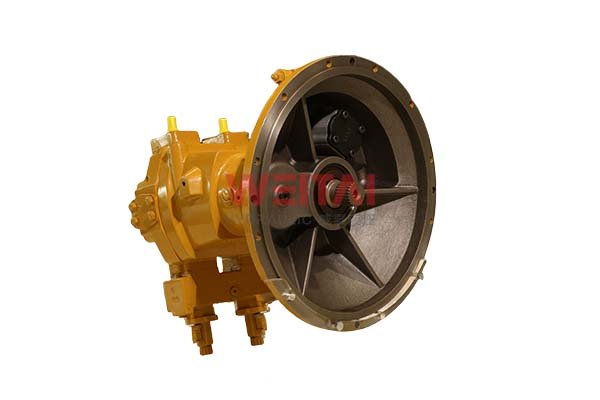
2. Improved System Control
Variable displacement pumps offer precise control over the hydraulic system’s operation. This precision is particularly beneficial in applications requiring fine-tuned movements or variable speeds, such as in robotics, machine tools, and certain mobile machinery. The pump can adjust its output in real-time based on the system’s requirements, ensuring optimal performance under varying loads.
3. Reduced Heat Generation
Excess heat is a common issue in hydraulic systems, often leading to reduced efficiency and increased wear and tear on components. Because variable displacement pumps can adjust their output to match demand, they generate less excess flow, which in turn reduces the amount of heat generated. This leads to a cooler running system, which can extend the life of hydraulic components and reduce the need for additional cooling mechanisms.
4. Lower Noise Levels
Noise pollution is a concern in many industrial settings, and hydraulic systems are often culprits. Variable displacement pumps typically operate more quietly than fixed displacement pumps because they don’t have to work as hard to meet system demands. The ability to reduce pump output when full flow is not required leads to quieter operation, which can contribute to a safer and more comfortable working environment.
5. Extended Component Life
The reduced wear and tear resulting from less heat generation and optimized flow rates also mean that the components within the hydraulic system can last longer. This can lead to significant savings in maintenance costs over the life of the system. Variable displacement pumps are particularly beneficial in systems that experience frequent changes in demand, as they reduce the mechanical stress on the pump and other components.
6. Versatility in Application
Variable displacement pumps are incredibly versatile and can be used in a wide range of applications. Whether in industrial machinery, mobile equipment, or aerospace systems, these pumps can be tailored to meet the specific demands of the application. Their adaptability makes them a preferred choice in industries where flexibility and efficiency are paramount.
7. Enhanced Safety Features
Modern variable displacement pumps are often equipped with advanced control systems that enhance the safety of hydraulic operations. These systems can monitor and adjust pump performance in real-time, preventing issues such as over-pressure or cavitation that could lead to system failure. This real-time monitoring not only protects the equipment but also ensures the safety of the operators.
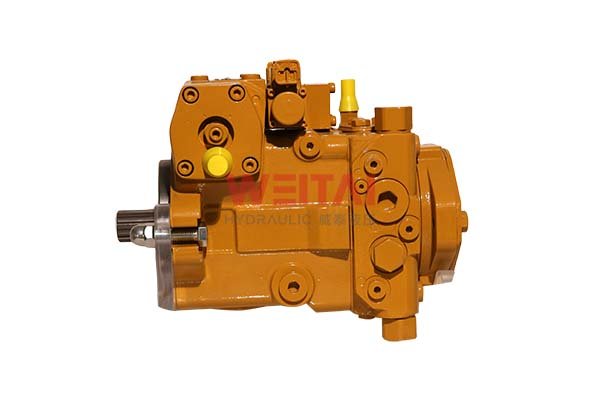
Conclusion
In the ever-evolving landscape of hydraulic technology, variable displacement pumps represent a significant leap forward in efficiency, control, and versatility. Their ability to adapt to changing demands makes them a cornerstone of modern hydraulic systems, offering numerous advantages that translate into cost savings, enhanced performance, and improved safety. As industries continue to seek ways to optimize their operations, the role of variable displacement pumps will only become more critical in the pursuit of sustainable and efficient hydraulic solutions.
About WEITAI Hydraulic
WEITAI Hydraulic is a professional manufacturer of hydraulic piston pumps in China. We provide variable displacement axial piston pumps, fixed displacement hydraulic piston pumps, final drive motors, helical hydraulic rotary actuators for hydraulic parts distributors and manufacturers of heavy equipment all over the world. If you have any questions about the above products, or you want to become one of our business partners, please feel free to contact us at any time. We are very glad to hear from you.


